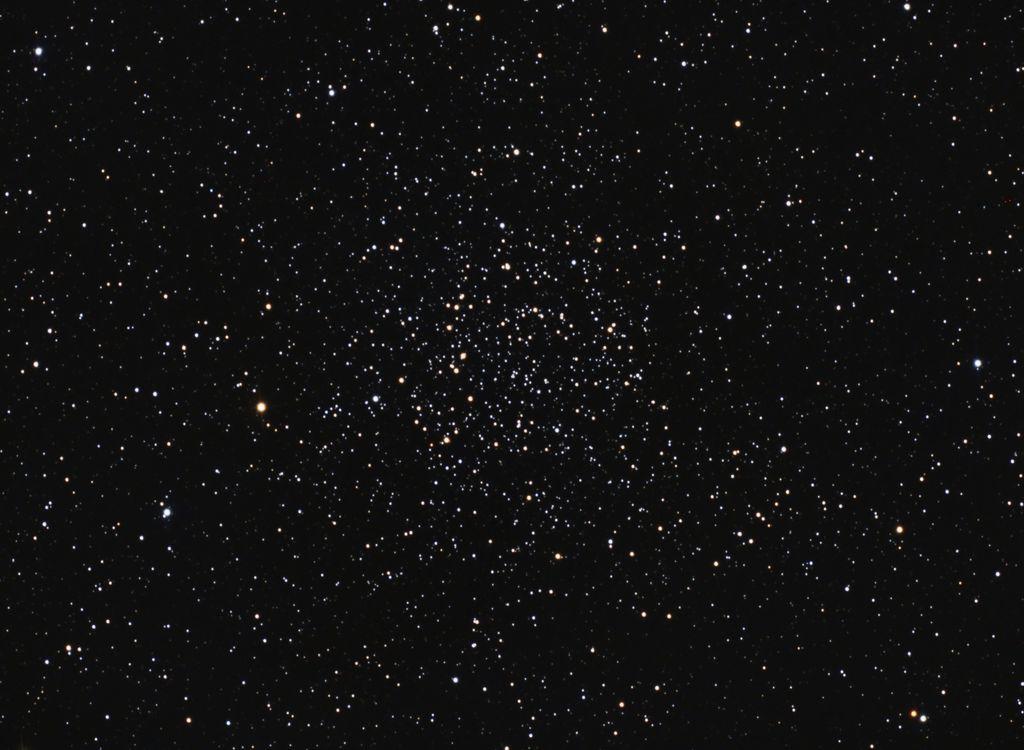Thanks folks. Yes I do think that you are probably right.
However in researching this a bit more it was interesting to discover that the mainstream view is that star distribution within open star clusters is not random -- and that indeed by studying star distribution - useful information about the early steps in cluster evolution can be derived."It is known that most stars are born within giant molecular clouds forming clusters (Lada & Lada
2003). Numerical simulations demonstrate that star formation occurs mainly along the patterns defined by the densest regions of the molecular clouds (Bonnell et al.
2003). Thus, the hierarchical structure observed in some open clusters (see, e.g., Larson
1995) is presumably a consequence of its formation in a medium with an underlying fractal structure. "So features of individual open star clusters can still reflect their origin in density features within their cognate originating cloud. But in complex and hierarchical ways -- the Bonnell et al work suggests that bigger clusters (e.g 400 stars) might generally accrete from many local subclusters of 10-15 stars that initially formed along local lines and features of higher density.So - to me at least (having no PhD in Astrophysics 😊) - it seems not at all unreasonable to suggest that some of the short curving lines of stars apparent within open star clusters might reflect the remnants of some of these open cluster building blocks - possibly analogous in some way to the mathematical remnant ‘fractal’ features detected in the second of the two papers below ?
https://academic.oup.com/mnras/article/343/2/413/1039210?login=falsehttps://iopscience.iop.org/article/10.1088/0004-637X/696/2/2086But I do completely agree that perception completely clouds the issue --- some of the apparent features might be real and, equally, many will just be phantoms. The problem then being of course that it is completely impossible to distinguish one from the other - or indeed even to know where one might start and the other finish. Hence the real scientists have used objective techniques for spotting structure - essentially claiming to distinguish a surviving 'fractal' type structure more often in younger star clusters and more centralised radial pattern in older clusters
Tim



